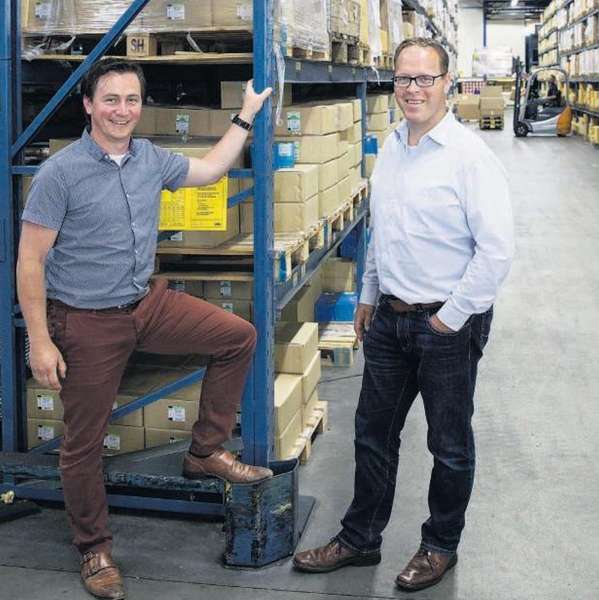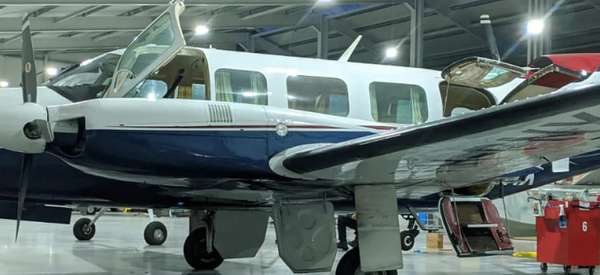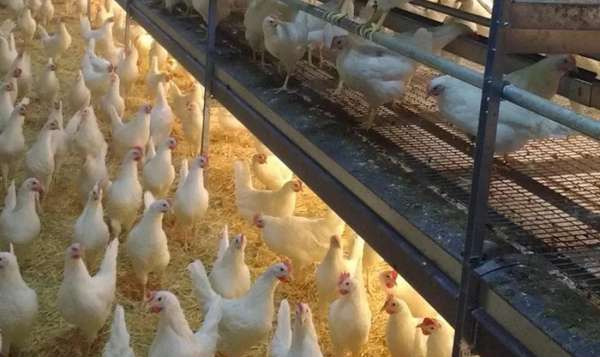Probably good light in your stable
Sept. 13, 2019
Probably good light in your stable

LIGHT IN THE STABLE
Stable windows and skylights provide natural daylight. Depending on the use of the room, the total window area is between 3 and 20% of the floor area of the room in question. Ridge lighting or roof windows ensure that the center of the barn is also provided with light. However, most windows are on the long sides of the building. The company Germing GmbH, for example, offers ridge lighting/ventilation: so-called light panels with UV protection are installed in the facade. This is a simple way to get extra daylight into the barn. Despite this, artificial light is still needed in various places.
Right choice
In the past, fluorescent lighting was very popular. A TL is in principle an energy-saving lamp and was therefore quite energy-efficient. What people often did not realize is the fact that a conventional ballast (transformer) also consumes considerable energy. A fluorescent tube of 58 Watts, for example, consumes about 70 Watts on average. Another lighting source is Metal Halogen/High Pressure Sodium. These light sources have a higher light output, while the lifespan with about 8,000-10,000 burning hours is approximately equal to fluorescent lamps. The ballasts of these light sources also use quite a bit of extra energy. For example, a 250 watt conventionally ignited Metal Halogen uses about 280 watts. “There are several factors that are decisive when drawing up a well-thought-out lighting plan.
You can think of the number of burning hours, the light output or the light color. Naturally, energy consumption and investment costs also play a major role. Due to the lack of sensitive parts such as filaments and electrodes, induction lighting has an extremely long lifespan of up to 100,000 burning hours with a lumen drop (light reduction) of only 15% to 20% over the entire lifespan. In comparison, a metal halide lamp has an average life of 9000 burning hours and a lumen drop (light reduction) of 25% to 30% after only 6000 burning hours.
Due to this extremely long life, the depreciation/replacement costs are minimal compared to other lighting sources. Other advantages of the induction lamps are that they burn at full strength immediately after switching on and can be switched on/off one after the other without any problems. In addition, these lamps have a very high lumen/watt ratio of 150 Pl/w (energy efficient). Induction also has a day light color of 5000 Kelvin. LED lighting is also on the rise in the stables. High-quality LED lighting has a minimum of 60,000 burning hours with a low decline of a maximum of 15% over the entire lifespan.
Pricing has also become more attractive. LED lighting gives slightly more light than induction lighting with the same power consumption, however, induction lighting lasts much longer and induction lighting provides the most natural light in the barn. For poultry houses, LED lighting is the only correct lighting solution.
Brightness
The illumination intensity is measured in lux. How many lamps are needed can be calculated on the basis of the average illumination intensity, the surface to be illuminated in m2, the luminous flux of the lamps and the luminous efficiency of the stable floor, walls and ceiling on which the light reflects. In dairy barns, a light intensity of 150-200 lux should be achieved for milk-producing cows, between 100 and 150 lux for dry cows and farrowing houses. In dairy goats this is 200 lux.
PORK STABLES
Within the VAMIL, the requirement is that at least 2% of the floor surface is present in windows/windows for ample incidence of daylight. In sows, a high light intensity at the head has a positive effect on fertility. For this reason, many pig farmers install additional fixtures in the breeding shed, so that a light intensity of 200lux+ is achieved. A timer ensures that this light shines on the sows for 14 to 16 hours a day.
DAIRY STABLES
Light is an important concept for cattle. Light has an effect on growth and development, fertility and milk production. It is possible for young stock to achieve accelerated growth by applying a light regime of 16 hours of light and 8 hours of darkness. With a close light regime, the animals handle the feed more efficiently. Short day lengths stimulate the storage of fat in the muscles of postpubertal young stock, while long day lengths accelerate the onset of puberty in young stock. In cows, long day lengths shorten the time between calving and insemination. Light affects the sleep hormone melatonin.
Research in 2003 has shown that a light level of at least 150 lux during a period of 16 hours per day followed by a dark period of 8 hours reduces the production of Melatonin. Extending the natural light period to 16 hours of light and 8 hours of darkness increases milk production from 6% to 15%. Cows exposed to long day lengths generally spend more time lying down, standing less and traveling fewer meters per hour. As a result, these animals will use less energy for the basal metabolism. The feed intake is therefore spent more on milk production. However, for dry cows a short day length and a longer dark period is recommended. The maxim is actually 8 hours of light and 16 hours of darkness. During the first four months of the subsequent lactation, daily milk production will be three kilograms higher. When setting up the barn, it is wise to take this into account by keeping the dry cows on one side of the barn.
POULTRY SHELVES
Light controls the most important biological rhythms in laying hens. A change in daylight length determines the moment of sexual maturity. A long day with 14 to 16 hours of continuous light maintains the laying performance. “Cannibalism” is increasingly common in both dams and other laying hens. Using a red light can stop this "pecking". For example, there are LED lighting fixtures on the market that can switch and dim the light in both white and red. For more information, visit WWW.ECOLINE3.NL. This system has the great advantage that action can be taken quickly and when selecting animals it is possible to work in the white light and then switch back to the red light after selection. With broilers, a 24-hour light program with a light intensity of 20 lux is run when the chickens are housed, and halfway through the fattening process, this is reduced to 5 to 10 lux with an interval of 8 hours of light and 4 hours of darkness. Shortly before display, the illuminance is increased again to 20 to 30 lux and the light day is extended to 24 hours. Broiler houses can be fitted with LED lighting or special Ultra flood fixtures, which create an even light blanket. The energy saving compared to traditional fluorescent lighting is approximately 65%.



